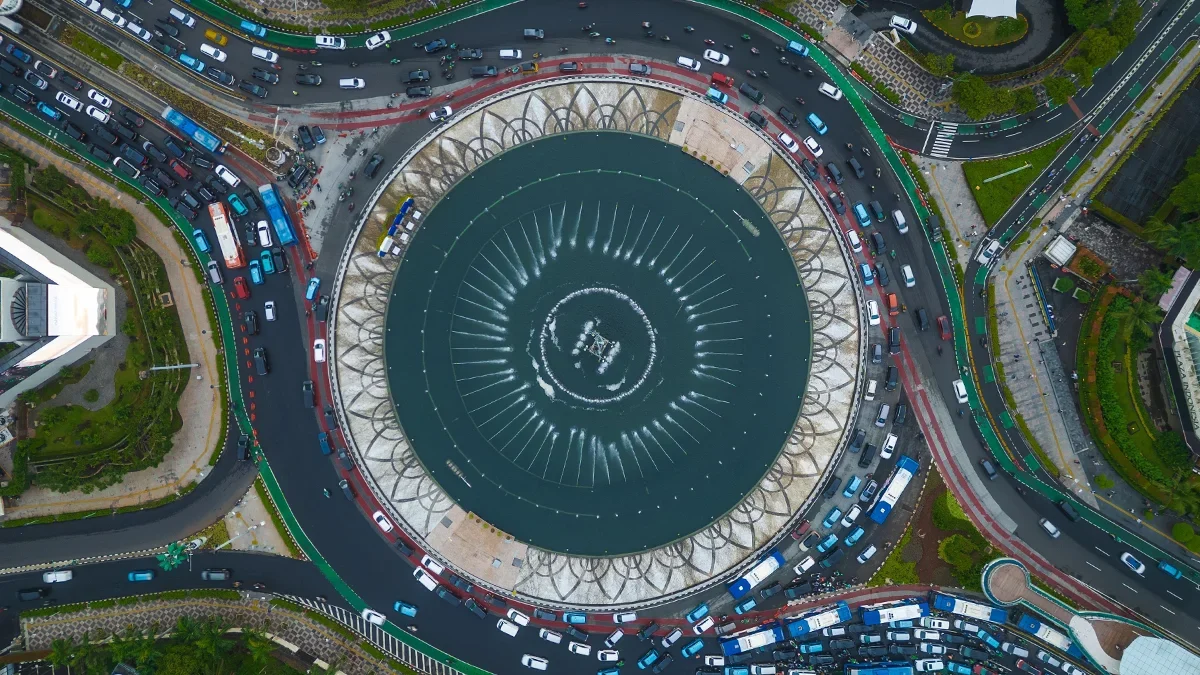(Re)in Summary
• China’s civil drone market reached $16.5 billion in 2022 and accounts for more than half (54%) of the global sector.
• The low altitude aviation sector, where machines operate below 3000 metres, is set to be critical area for the Chinese economy according to Swiss Re.
• Chinese P&C insurers have been moving into the sector and there are now 45 policies on the market.
• Swiss Re predicts the low altitude insurance market could see premiums of CNY 8-10bn a year by 2035 (US$1.1bn-$1.38bn))
Chinese P&C insurers are seizing the business opportunities from the low-altitude economy and as of July 2024, there are 45 insurance products covering the segment, according to a report by the Swiss Re Institute which predicted market premiums could hit up to CNY 10bn by 2035.
“We expect the rapid development of low-altitude aircraft and their applications to drive insurance growth.
Based on the penetration of non-motor insurance and liability insurance, along with new product trends in the Chinese insurance market, we estimate that the low-altitude insurance market is expected to reach CNY 8-10 bn by 2035,” Swiss Re said.
The low altitude economy covers activity which takes place below 300 metres and involves innovations such as drones, electric vertical take-off and landing (eVTOL) vehicles, as well as commonly used general aviation planes and helicopters that operate within the limited airspace.
In its broadest sense it covers the output of Urban Air Mobility (UAM) transportation in the low altitude airspace.
It includes economic activity from the manufacture of the UAM aircraft to their operation and services, related physical and digital infrastructure facilities and their use in conventional industries.
Low altitude insurance
The tip of the UAM iceberg are drones, which are now widely used in commercial, military, and leisure scenarios and Swiss Re said the market is expected to reach $55.8bn by 2030 (a 7.8% compound annual growth rate) from an estimated $30.6bnin 2022.
The commercial drone segment is expected to grow at 8.3% annually on average, outperforming the recreational drone segment.
Growth has been marked in China’s civil drone market which reached $16.5bn in 2022 and accounts for more than half (54%) of the global civil drone market.
According to data quoted by Swiss Re, as of June 2024, 1.88 million civil drones were registered in China, and the number grew by 34% annually (compound annual growth rate) between 2019 and 2023.
Chinese P&C firms have responded to the growth by offering sector specific insurance policies, according to Swiss Re.
“Chinese P&C insurers are seizing the business opportunities from the low-altitude economy. As of July 2024, there are 45 insurance products on offer that involve the low-altitude airspace economy and/or drones, according to registered records with the Insurance Association of China.
These policies cover aircraft, ancillary facilities and equipment, typically tailored to specific application scenarios such as agricultural drones and power wire inspection drones,” Swiss Re said.
The main liabilities covered include drone property damage, drone third-party liability, and personal accidental injury.
Multiple risks
Swiss Re said that major Chinese insurers are exploring package solutions to cover multiple risks tailored to typical use scenarios and have already developed products with inclusion of professional liability, product liability, cyber security, conventional property and liability risk.
These address scenarios which include both upstream (R&D) to downstream use cases, such as package delivery, passenger transportation, and urban governance.
Swiss Re said that a combination of technological advances and policy improvements, mean the economic value boost from eVTOL and drone applications is likely to grow over time, and therefore the potential insurable market.
This expansion will also increase the risk posed by the low altitude economy,
“We expect risk exposures to increase as drone and eVTOL flight times become longer and their use more frequent.
Businesses are also expected to seek insurance covers to ensure financial stability against increasing complex risks while also complying with legal and regulatory requirements for the use of drones in commercial operations,” Swiss Re said.
Data scarcity
Swiss Re also said that lithium battery advancements in energy density, safety, and environmental adaptability could introduce new risks, and expand the range of potential insurance policies.
New technologies means an absence of historical data and Swiss Re said that it wasn’t easy for insurers to accurately price risks related to drones and eVTOLs given the rapid advances in technology, application scenarios, consumer behaviour and regulations.
But while Swiss Re said insurers faced a risk of adverse selection in relation it was positive about the potential business opportunity for carriers from the low altitude economy.
“Insurance should be an essential financial tool for the low-altitude airspace economy ecosystem. We are seeing growing opportunities in fostering knowledge of evolving low-altitude related technology and enhancing data accumulation with manufactures and operators.
Opportunities also lie in segmented markets where insurers can develop new products and new business models to accommodate diverse low-altitude applications, thereby building up their unique competitive strengths,” Swiss Re said.
























